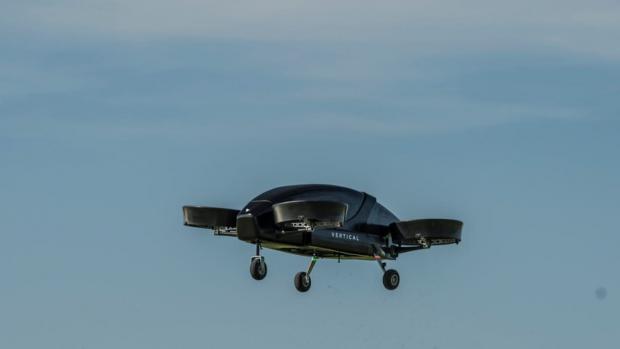
Breaking News
 They've Been Feeding You Poison (And Calling It Food)
They've Been Feeding You Poison (And Calling It Food)
 Tattoo ink may cause prolonged changes to the immune system
Tattoo ink may cause prolonged changes to the immune system
 Travel gadget promises to dry and iron your clothes – totally hands-free
Travel gadget promises to dry and iron your clothes – totally hands-free
 Duckweed: A sustainable, protein-packed food source smeared by Big Ag
Duckweed: A sustainable, protein-packed food source smeared by Big Ag
Top Tech News
 Perfect Aircrete, Kitchen Ingredients.
Perfect Aircrete, Kitchen Ingredients.
 Futuristic pixel-raising display lets you feel what's onscreen
Futuristic pixel-raising display lets you feel what's onscreen
 Cutting-Edge Facility Generates Pure Water and Hydrogen Fuel from Seawater for Mere Pennies
Cutting-Edge Facility Generates Pure Water and Hydrogen Fuel from Seawater for Mere Pennies
 This tiny dev board is packed with features for ambitious makers
This tiny dev board is packed with features for ambitious makers
 Scientists Discover Gel to Regrow Tooth Enamel
Scientists Discover Gel to Regrow Tooth Enamel
 Vitamin C and Dandelion Root Killing Cancer Cells -- as Former CDC Director Calls for COVID-19...
Vitamin C and Dandelion Root Killing Cancer Cells -- as Former CDC Director Calls for COVID-19...
 Galactic Brain: US firm plans space-based data centers, power grid to challenge China
Galactic Brain: US firm plans space-based data centers, power grid to challenge China
 A microbial cleanup for glyphosate just earned a patent. Here's why that matters
A microbial cleanup for glyphosate just earned a patent. Here's why that matters
 Japan Breaks Internet Speed Record with 5 Million Times Faster Data Transfer
Japan Breaks Internet Speed Record with 5 Million Times Faster Data Transfer
Electric air taxi prototype makes flight debut

Vertical Aerospace was founded by OVO Energy's Stephen Fitzpatrick in 2016, and now has a core of 28 engineers and technicians recruited from the ranks of Airbus, Boeing, Rolls-Royce, Martin Jet Pack, DarkTrace and General Electric. In the last 12 months, the company has put together a slick-looking full scale eVTOL demonstrator, secured test flight permission from the Civil Aviation Authority and got it airborne above Cotswold Airport in Kimble, Gloucestershire.
"We've learned a lot from Formula 1, both in terms of technology and pace of development," said Fitzpatrick. "The lightweight materials, aerodynamics and electrical systems developed through F1 are highly applicable to aircraft, much more so than to road transport. By putting those technologies in the hands of experienced aerospace engineers, we can build cutting edge aircraft for the 21st Century."
Not too much has been revealed about the three-wheeled, battery-powered demonstrator, other than it weighs 750 kg (1,650 lb), has four three-blade rotors in a two-by-two configuration that lift it into the air and is currently reported capable of spending just 5 minutes aloft but can fly forward at up to 80 km/h (50 mph). However, the focus of rolling out the prototype was not range and speed, but to prove the full scale concept.

 Advanced Propulsion Resources Part 1 of 2
Advanced Propulsion Resources Part 1 of 2

